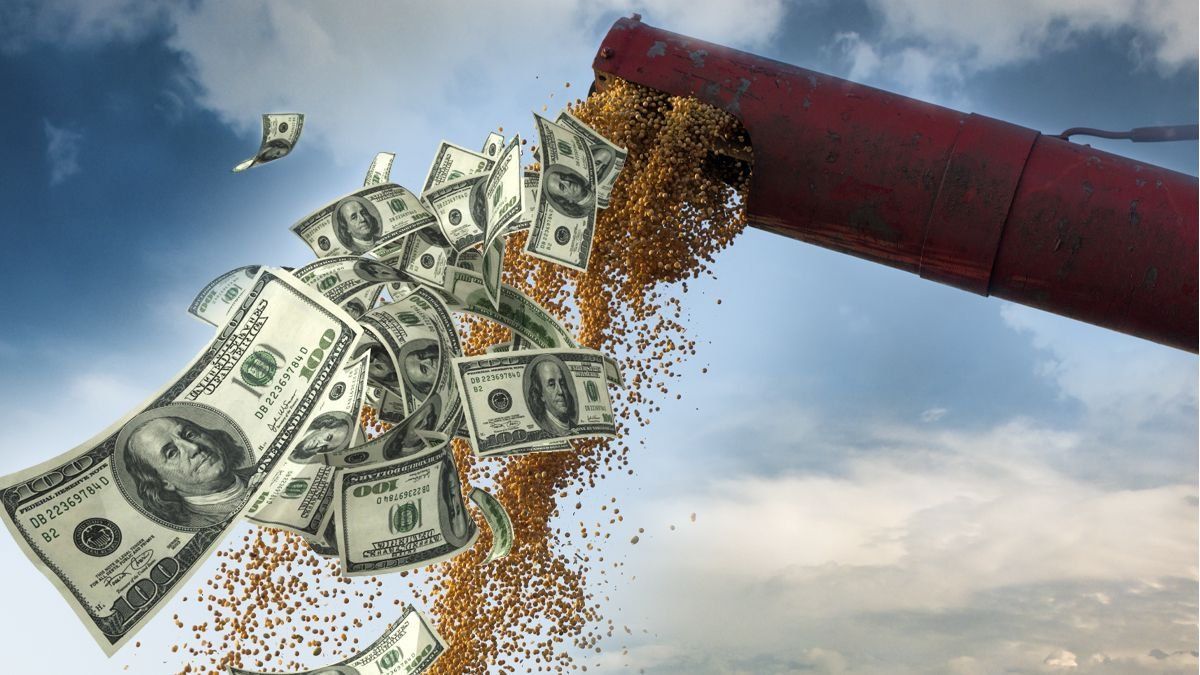soybean.jpg
Investing in technology: the key to overcoming La Niña
Pexels
In its message, the association noted that the first edition of this program “It only served to continue concentrating, benefiting actors who are not the producers, even less small and medium-sized that we no longer have soybeans to sell.” “Also, the previous time Iagreed very strongly and negatively on the price of the leases, of the inputs of the regional economiesas well as in the inputs of the poultry activity, cattle and pig farming, and dairy, for which reason Not only do we producers not benefit from anything, but we directly harm ourselves,” they warned.
In a direct criticism of the Ministry of Economy, the Agrarian Federation insisted that “The foreign exchange income needs of the country cannot always be sustained by the same sector, nor can it always benefit the same and harm the smaller actors”. Along the same lines, they reflected that “It is necessary for Argentina to have a comprehensive agricultural policywhich meets the needs of all producers, which contains the regional economies and whiche contemplate the dramatic situation that we suffer as a result of drought, frost and other inclement weather.
Oil producers react to the Soybean Dollar II: “It is a temporary improvement”
Gustavo Idigoras (1).jpg

In this framepresident of CIARA-CECconsidered: “we see this new condition as an improvement that, even if temporary, will have a direct impact on the price of soybeans in the domestic market”. On the other hand, Idígoras highlighted “that the decision to sell soybeans is always in the hands of the producer, and it will be who decides when to sellunderstanding that on this occasion the exchange rate will only last until the end of December.
Regarding the possible impacts, he said that “The estimated flow of foreign exchange income for the entire cereal-oilseed complex during the month of December would be 3 billion dollars”. Likewise, he explained that until the elimination of export duties is achieved, the rates must achieve tax equality, that is, an exporter of soybeans and an exporter of industrial soybean products must pay the same taxes per ton of soybeans purchased.
Finally, the president of CIARA-CEC affirmed that “This temporary measure highlights the need to work on a public policy to permanently lighten the high tax burden that weighs on the soybean chain. The circumstantial changes in the exchange rate are not firm bases to achieve the growth and development of the sector. That is why we promote a single exchange rate as a permanent policy.”
Source: Ambito
David William is a talented author who has made a name for himself in the world of writing. He is a professional author who writes on a wide range of topics, from general interest to opinion news. David is currently working as a writer at 24 hours worlds where he brings his unique perspective and in-depth research to his articles, making them both informative and engaging.




